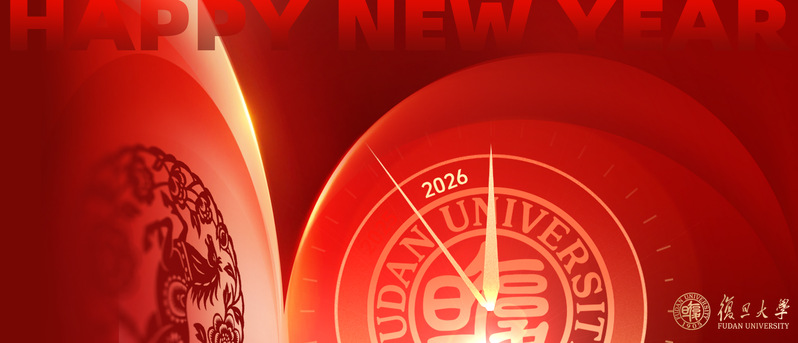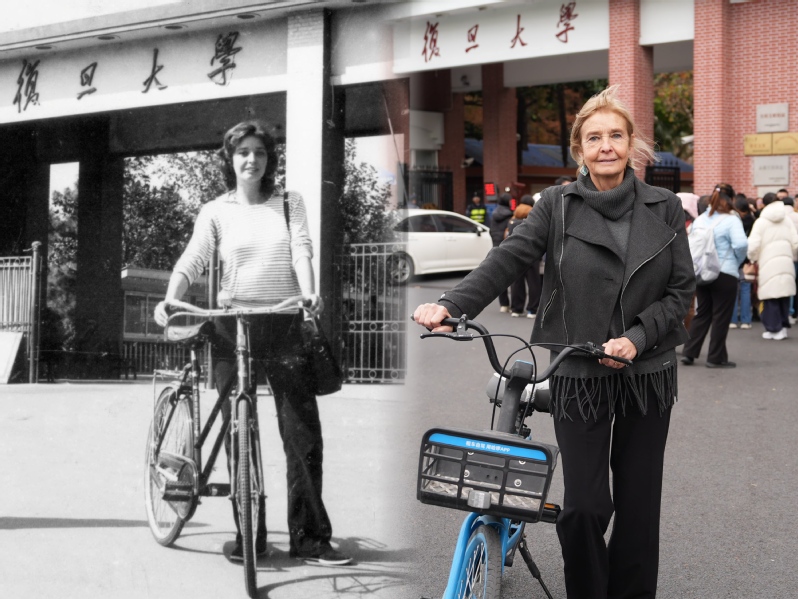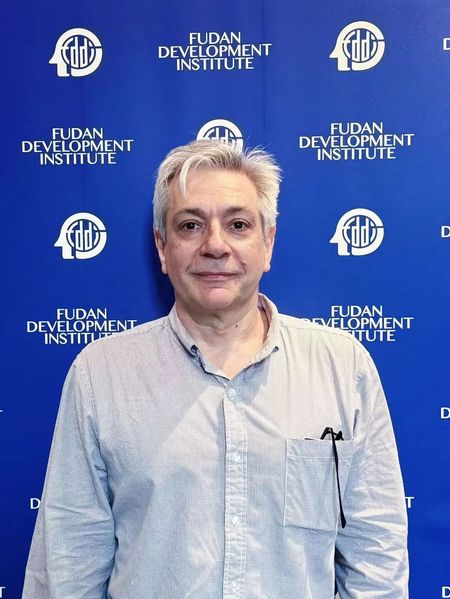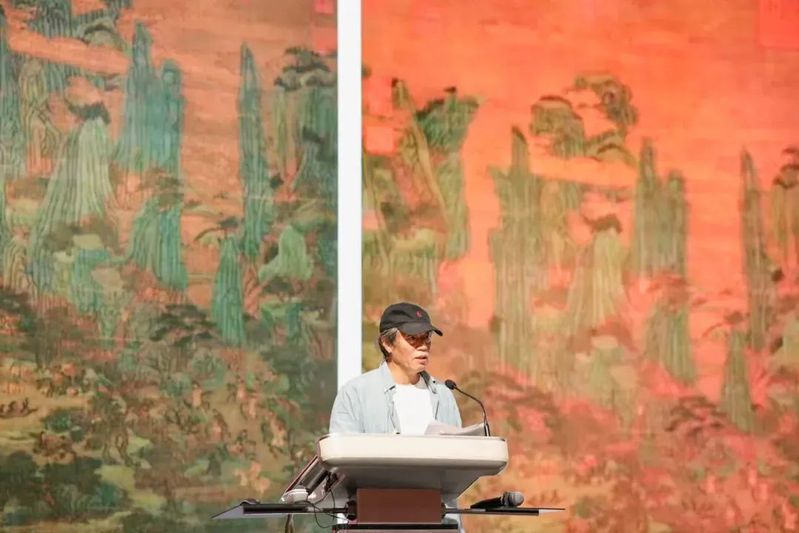
“The essence of Chinese painting lies not only in its vividness, but also in its poetry,” said Qi Enjin, a Chinese painter, at one of the “Magnificent China” aesthetics lectures held in Fudan on October 17.
Having prepared over ten pages of handwritten notes on 24 well-known traditional Chinese landscape paintings, Qi guided the audience through the ethereal beauty of this major art form produced in China over the centuries.
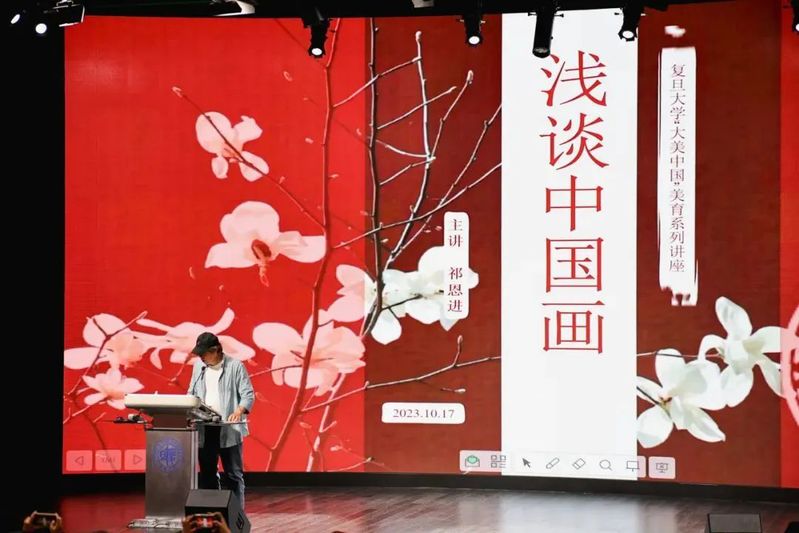
Qi’s dedication to landscape painting, particularly ink and green landscape paintings, has earned him recognition, with his works collected by institutions like the China National Art Museum and the Jiangsu Provincial Art Museum. He started with “Nymph of the Luo River” by Gu Kaizhi, a famous Chinese painter of the Eastern Jin Dynasty (317-420), and gradually unfolded the thousand-year history of landscape painting, from the background of each painting to the themes portrayed, highlighting landscape painting as one of the most significant genres in traditional Chinese art.
These landscape paintings keep a good balance between subtlety and explicitness. The blank space allows room for imagination and contemplation. Observers’ minds will roam mountain valleys, secluded villages and waterside courtyards. Each masterpiece, regardless of its era, left observers captivated by the beauty of nature, rendering them momentarily speechless.
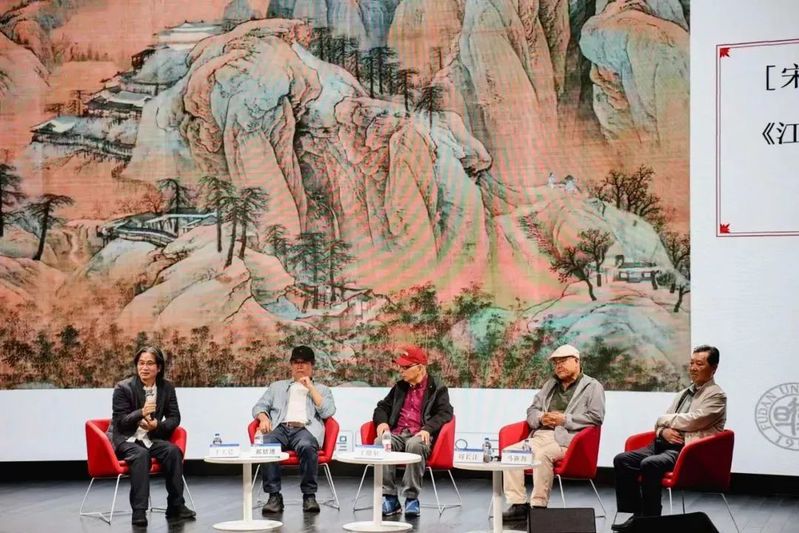
At the event, Qi and other 3 Chinese artists were appointed as the art mentors of Fudan Colleges, a general education system to ensure all-round development of undergraduate students in Fudan. They, along with Wang Tiande, a professor from Fudan University Art Education Center, took the stage for a panel discussion on the development of Chinese paintings.
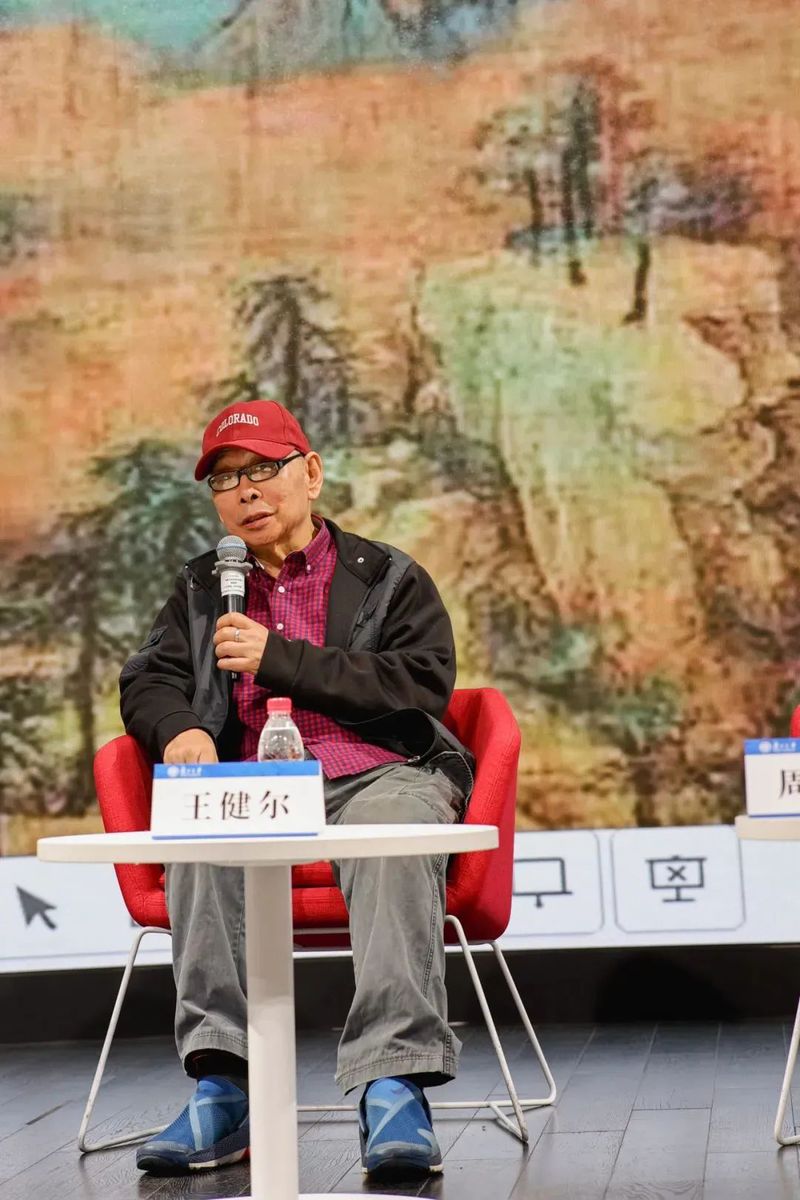
While Qi specializes in green landscape painting, Chinese painter Wang Jian’er focuses on abstract landscape art. Looking back at the two decades he spent living in Macau, Wang Jian’er said he was glad to have the opportunity to interact with young artists engaged in modern art which was very important in shaping his artistic philosophy.
Taking the audience through the history of art, Zhou Changjiang, former dean of College of Fine Arts, East China Normal University, delved into the essence of art, emphasizing that instead of being tethered to literature, philosophy, sociology or mythology, modern art should explore the very essence of art. He stressed the need for artists to go beyond themselves, to liberate themselves, and to know their worth.
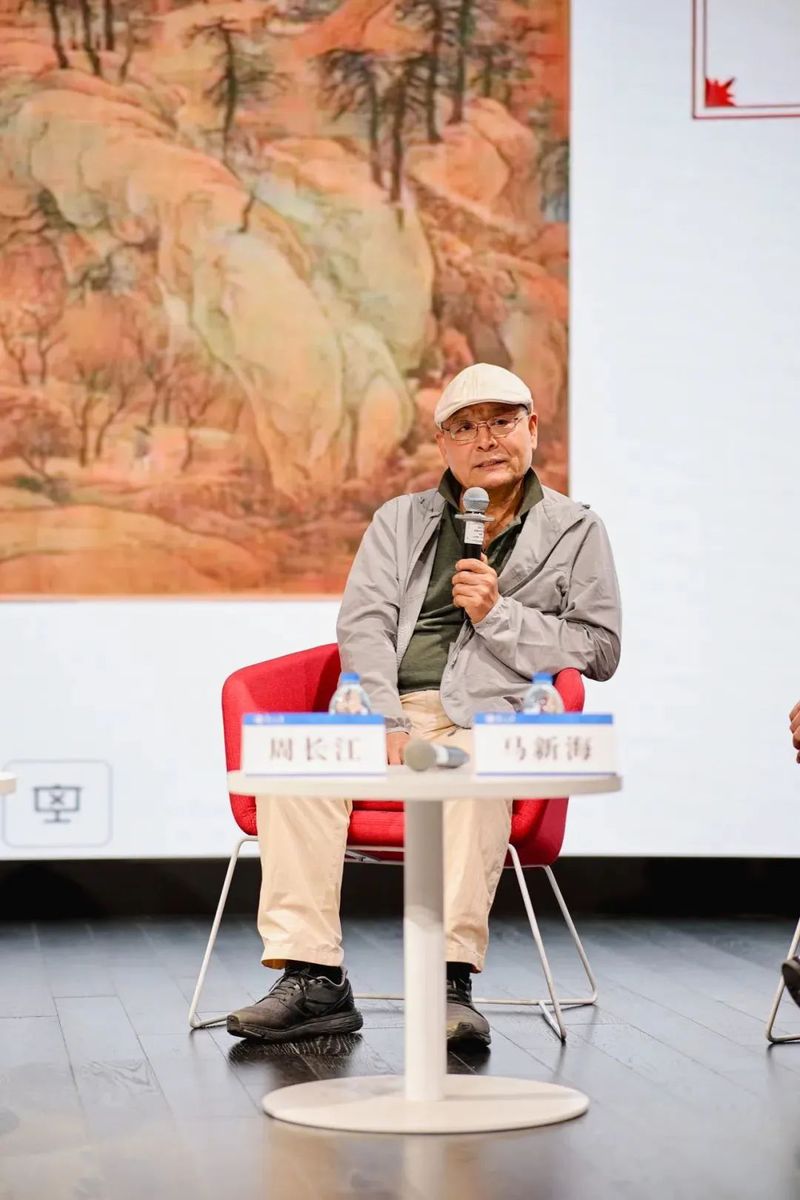
The greatest lesson we can draw from art, Zhou believes, is that besides acting rationally in daily life, everyone needs to gain some sensory experience.
“At Fudan’s campus, we’ll be able to interact with more young people to understand their aesthetic tastes and infuse new vitality into our own art practice,” said Ma Xinhai, honorary deputy chair of Shanghai Art Appreciation Association.
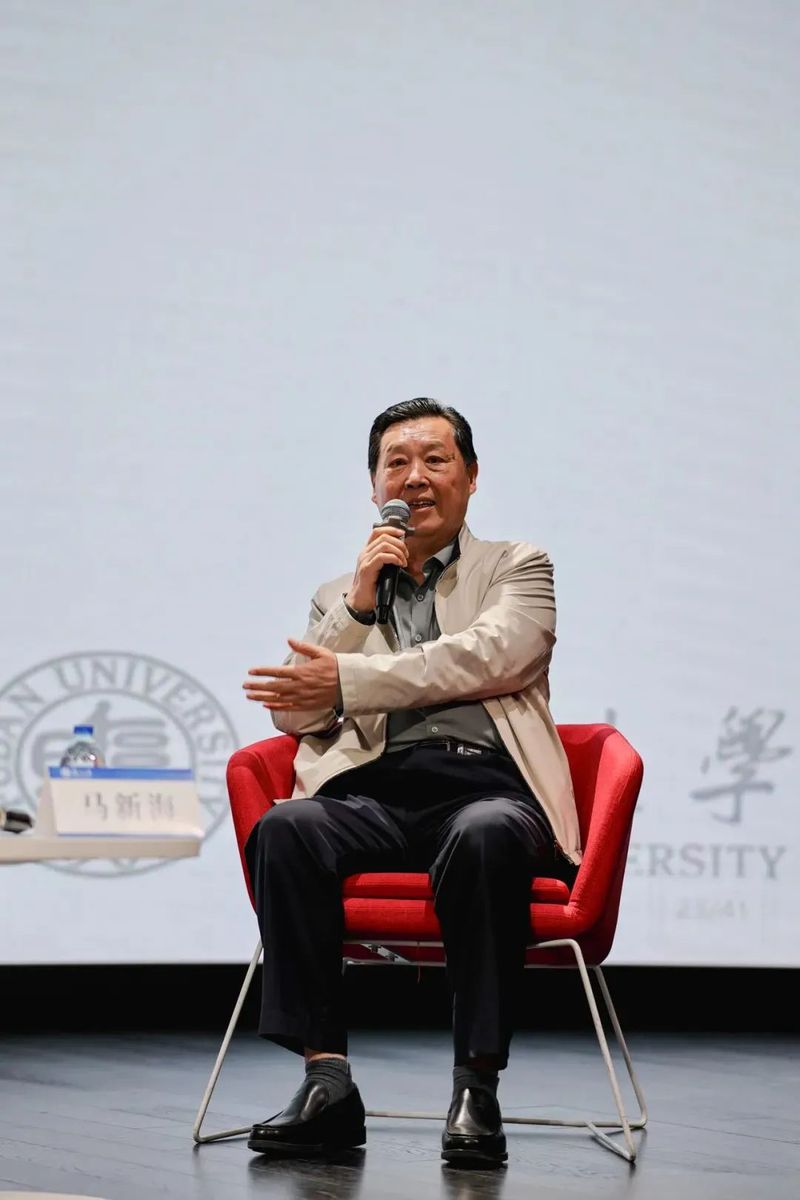
In recent years, Fudan University has initiated a number of art events, including Traditional Culture Month, Humanities and Arts Education Month, Masters’ Performances, and the “Magnificent China” series, covering various art forms such as calligraphy, painting, seal carving, music, opera, dancing and theater, providing students with a platform for experience, practice, communication and innovation in the world of art.
In the future, these experienced artists and mentors in painting, calligraphy, seal carving, vocal music and conducting will give lectures, open up courses and hold artistic and educational activities to further improve Fudan’s art education.


